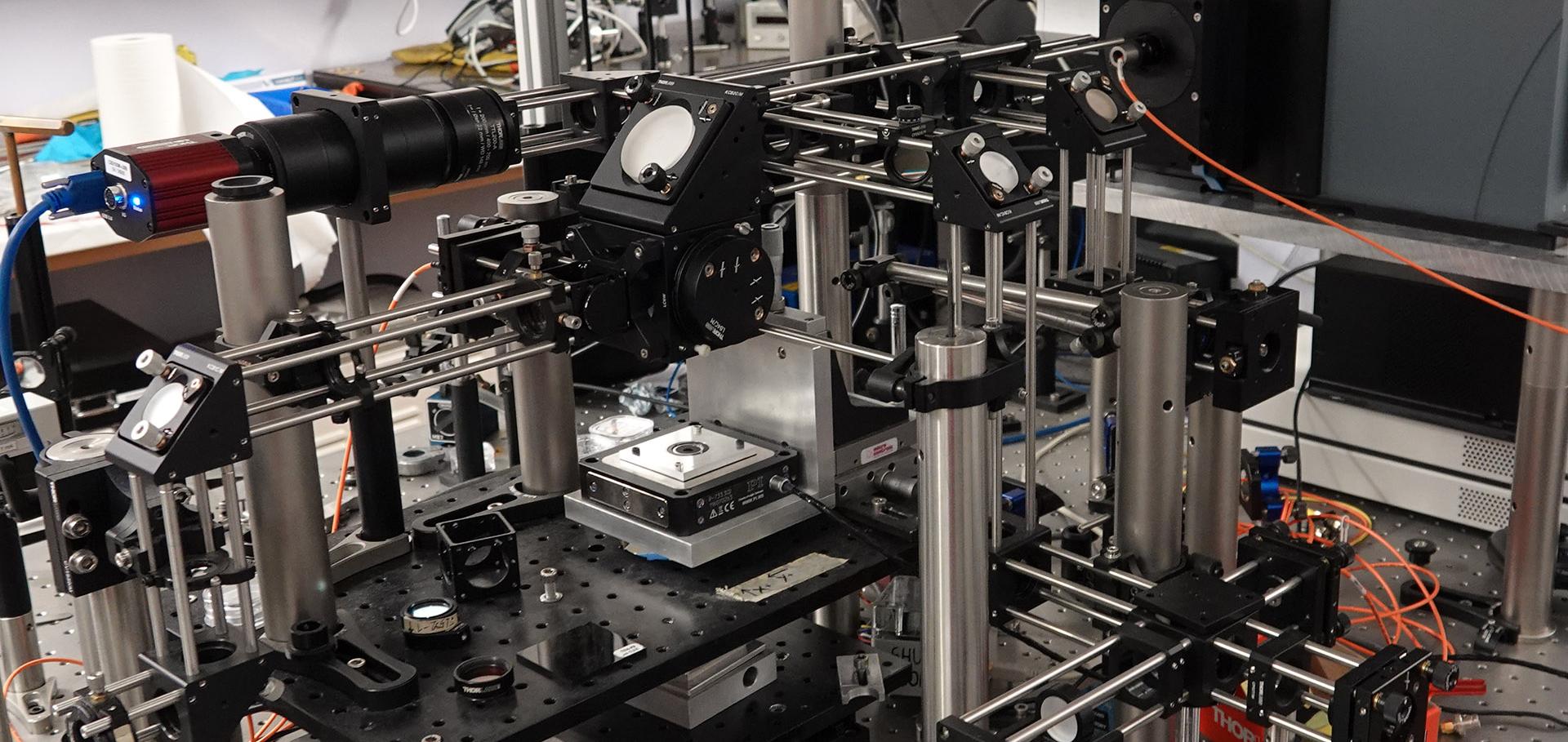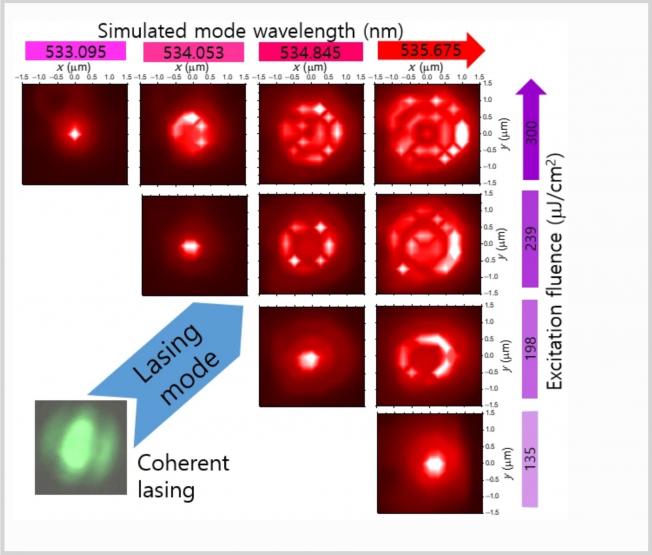Growth and assessment of InGaN quantum dots in a microcavity: A blue single photon source
Materials Science and Engineering: B 147:2-3 (2008) 108-113
Abstract:
Using a modified droplet epitaxy approach in metal-organic vapour phase epitaxy (MOVPE), we have grown InGaN quantum dots (QDs) on top of a 20-period AlN/GaN distributed Bragg reflector (DBR). The QDs were located at the centre of a ca. 182 nm GaN layer. To complete the cavity a three-period SiOx/SiNx DBR was deposited onto the GaN surface. Despite the evolution of roughness during the growth of the AlN/GaN DBR, due to cracking of the AlN layers, a cavity mode was observed, with a quality-factor of ∼50. Enhanced single QD emission was observed in micro-photoluminescence studies of the sample, and photon-correlation spectra provided evidence for single photon emission. © 2007 Elsevier B.V. All rights reserved.Growth and assessment of InGaN quantum dots in a microcavity: A blue single photon source
MAT SCI ENG B-SOLID 147:2-3 (2008) 108-113
Abstract:
Using a modified droplet epitaxy approach in metal-organic vapour phase epitaxy (MOVPE), we have grown InGaN quantum dots (QDs) on top of a 20-period AlN/GaN distributed Bragg reflector (DBR). The QDs were located at the centre ofa ca. 182 nm GaN layer. To complete the cavity a three-period SiOx/SiNx DBR was deposited onto the GaN surface. Despite the evolution of roughness during the growth of the AlN/GaN DBR. due to cracking of the AlN layers, a cavity mode was observed, with a quality-factor of similar to 50. Enhanced single QD emission was observed in micro-photoluminescence studies of the sample, and photon-correlation spectra provided evidence for single photon emission. (C) 2007 Elsevier B.V. All rights reserved.Abnormal photoluminescence properties of GaN nanorods grown on Si(111) by molecular-beam epitaxy
NANOTECHNOLOGY 19:47 (2008) ARTN 475402
Electrically driven single InGaN/GaN quantum dot emission
APPLIED PHYSICS LETTERS 93:23 (2008) ARTN 233103
Fabrication of Ultrathin Single-Crystal Diamond Membranes
ADVANCED MATERIALS 20:24 (2008) 4793-+



